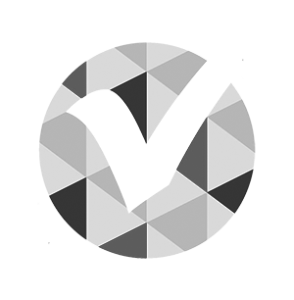methods
Everyone is different and no process is the same. The therapy is tailored to you as a person, what you come up with and what suits you. There are a number of treatment methods and methods that we can apply:
Psychodynamic Therapy
Psychodynamic therapy focuses on exploring unconscious processes and how they manifest in your current behavior, thoughts and feelings. Combined with the latest insights from Cognitive Behavioral Therapy (CBT), psychodynamic therapy helps you gain deeper insights into your emotions and unconscious motives, leading to long-lasting changes in your psychological well-being and mental health.
Affect Phobia Therapy (AFT)
Affect Phobia Therapy is a nice combination of CBT and psychodynamic therapy that focuses on reducing fear and resistance to emotions (affects). This therapy assumes that emotional conflicts are often unconscious and manifest as phobias of certain feelings. By recognizing and tackling these fearful and inhibitory reactions, AFT helps you to better understand, feel and process your emotions and ensures that you do not have to fall back on inadequate defenses. This defense or coping was usually helpful and protective in a past situation, but is usually no longer so. Then people get stuck and that is often a reason to seek help.
Accelerated Experiential Dynamic Psychotherapy (AEDP)
AEDP is an experiential therapy that focuses on promoting emotional healing and transformation. The goal is to create safe and supportive therapeutic relationships in which you can experience and process deep emotional experiences. AEDP emphasizes positive emotions and self-healing, helping you heal old emotional wounds through intense, transformative experiences.
Eye Movement Desensitization and Reprocessing (EMDR)
EMDR is a form of therapy that is mainly used in the treatment of trauma and post-traumatic stress disorder (PTSD). During an EMDR session, you are asked to bring up traumatic pictures while you make a series of eye movements by following a dot. This procedure helps reduce the emotional charge of traumatic memories and promotes their processing in your brain.
Narrative Exposure Therapy (NET)
Narrative Exposure Therapy is a treatment method for trauma that is mainly used for people with complex traumas and PTSD. NET helps you to reconstruct your life story chronologically, with special attention to traumatic events. By telling and writing down your story in detail, memories become structured and integrated, which helps reduce traumatic symptoms.
